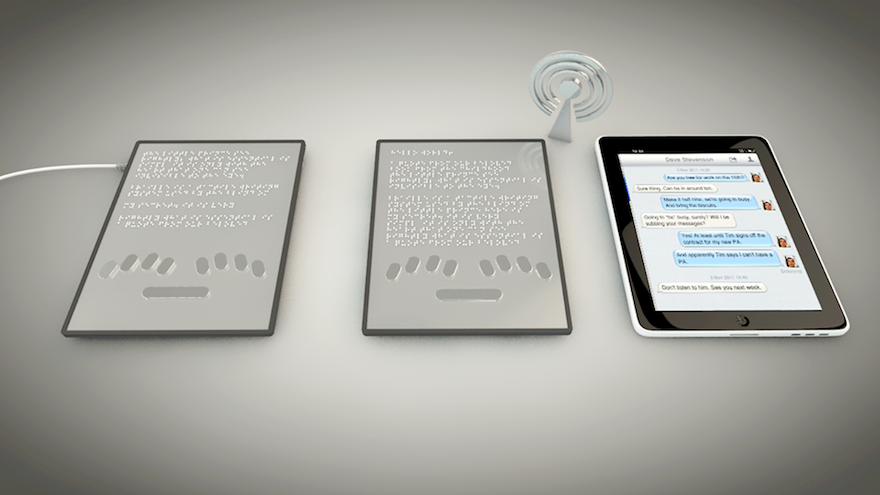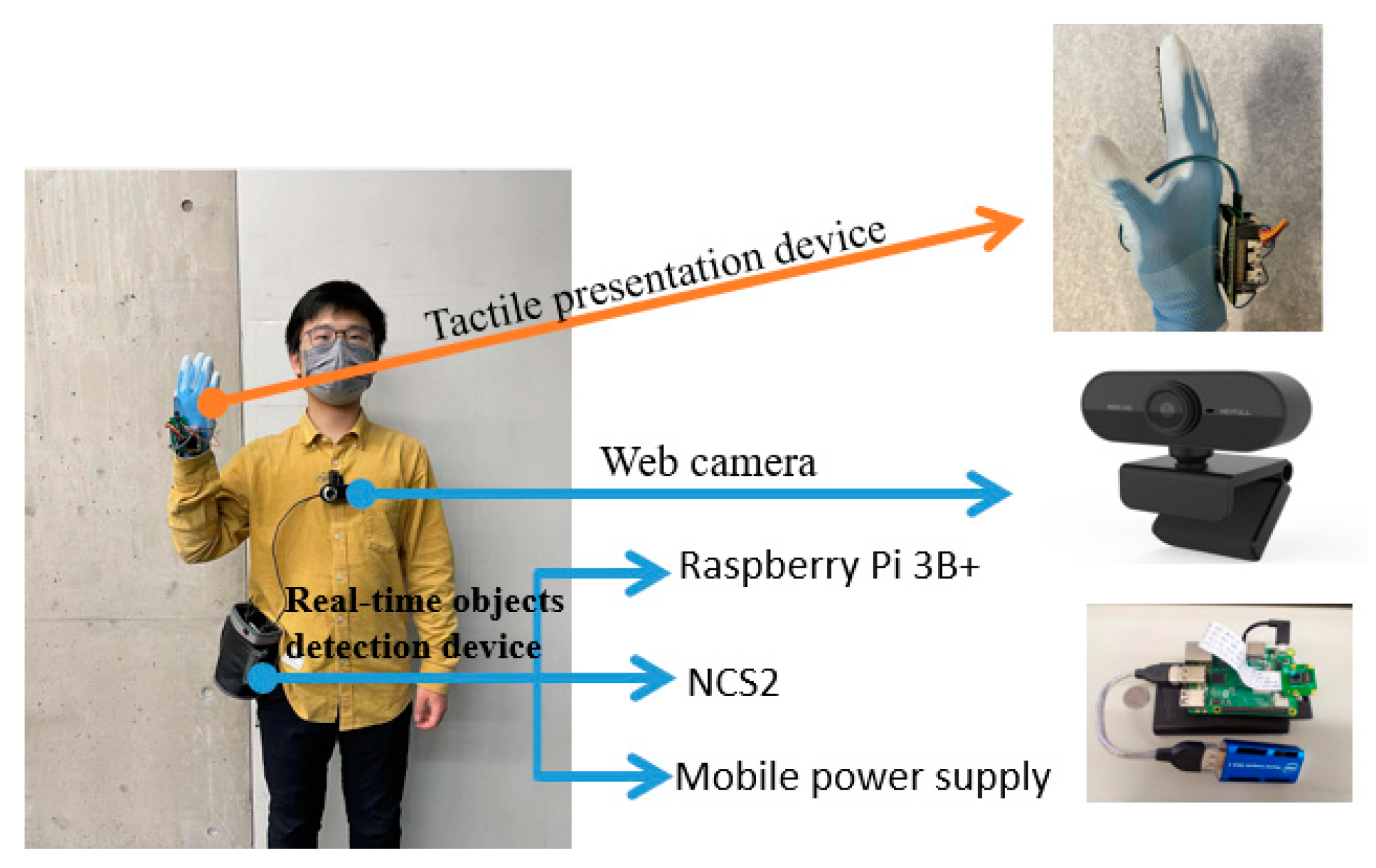Speech-to-Text Devices for Low Vision: Enhancing Convenience
Speech-to-Text Devices for Low Vision: Enhancing Convenience
Blog Article
A Guide to Life-Changing Assistive Innovation for the Blind and Aesthetically Impaired
The improvement of assistive modern technology has introduced a transformative period for people that are blind or aesthetically impaired, offering tools that enhance autonomy and enhance day-to-day experiences. Developments such as smart navigating tools and AI-driven applications are redefining how individuals connect with their surroundings, while easily accessible analysis services and smart home technologies promise to further boost the top quality of life. As these modern technologies remain to progress, one need to think about not only their functionalities yet also their effect on promoting self-reliance and inclusivity. What does this mean for the future of access?
Smart Navigation Devices
Smart navigating tools are revolutionizing the means individuals who are aesthetically damaged or blind interact with their environment. These advanced innovations, which incorporate GPS, audio comments, and haptic signals, give users with vital details about their surroundings, improving their self-reliance and wheelchair.
One noticeable instance is the usage of wise walking canes furnished with sensors that discover barriers and give real-time feedback with resonances or audio hints. These devices allow individuals to browse complex environments, such as busy streets or crowded public rooms, with increased self-confidence. Additionally, wearable gadgets, such as wise glasses, are being created to aid in identifying faces, reviewing text, and determining items, additionally increasing the customer's spatial awareness.
Moreover, wise navigation tools are progressively including expert system to examine data and adjust to customers' preferences. This tailored technique not just improves navigation effectiveness however additionally fosters a sense of empowerment among customers. As modern technology continues to development, the possibility for smart navigation tools to produce a much more available and inclusive globe for people that are aesthetically damaged or blind remains promising, ultimately improving their everyday experiences and communications.
Cutting-edge Mobile Applications
Mobile applications are becoming powerful tools for assisting individuals who are blind or visually damaged, offering a range of functionalities that enhance daily living. These apps harness progressed innovation to facilitate day-to-day tasks, boost ease of access, and advertise freedom.
One classification of ingenious mobile apps focuses on aesthetic recognition. Applications like Be My Eyes attach individuals with sighted volunteers by means of video telephone calls, making it possible for real-time aid for jobs such as checking out labels or navigating strange environments. Apps like Seeing AI use artificial knowledge to explain surroundings, checked out message, and identify items, offering users with critical info at their fingertips.
Another substantial area is navigation and orientation. Applications such as Aira and Close-by Explorer give audio guidance, aiding customers navigate urban rooms easily. They provide personalized support, permitting for an extra confident exploration of the environment.
Additionally, wellness and wellness applications deal with certain demands, such as drug management and health and fitness tracking. These applications intend to foster an all natural approach to health, guaranteeing that customers can keep their wellness individually.
Wearable Assistive Instruments
Wearable assistive tools represent a considerable advancement in innovation made to support individuals who are aesthetically damaged or blind. These tools enhance wheelchair and freedom by offering real-time comments about the surrounding setting. Amongst one of the most noteworthy wearable modern technologies are clever glasses geared up with sensors and video cameras, which can identify obstacles and relay crucial details via audio hints.

One more innovative option includes wrist-worn devices that make use of ultrasonic waves to detect challenges and offer navigational assistance. These tools commonly include customizable setups, enabling users to customize the informs to their details demands.
The assimilation of man-made intelligence in wearable assistive modern technology is additionally significant, as it continuously boosts the precision and responsiveness of these tools. Generally, wearable assistive tools are changing the lives of the blind and visually damaged, fostering better Continue autonomy and boosting high quality of life via cutting-edge remedies.
Obtainable Reviewing Solutions
Available analysis solutions play a critical function in making it possible for individuals that are aesthetically impaired or blind to engage with message across various layouts. These options incorporate a series of innovations and devices created to improve reading experiences, from typical print products to digital material.
One noticeable solution is Optical Personality Acknowledgment (OCR) innovation, which transforms published text right into electronic style, permitting users to listen to or check out the web content using screen visitors. In addition, specialized e-readers equipped with text-to-speech abilities offer personalized reading experiences, making it possible for customers to readjust font sizes and background colors for enhanced presence.
An additional reliable approach is braille screens, which give tactile feedback by converting digital text right into braille. This enables people to go through touch, fostering higher independence and access to literary works. Mobile applications developed for checking out scanned books or documents can empower customers with instant access to a huge collection of materials (Assistive technology for the blind).

Smart Home Technologies
Smart home technologies have actually revolutionized the means people who are aesthetically impaired or blind try this web-site connect with their living atmospheres, enhancing both freedom and safety and security. These innovative remedies leverage automation and connectivity to develop an easily accessible living area customized to the requirements of users.
Smart audio speakers and voice-activated assistants supply hands-free control over various gadgets, permitting users to change lights, safety and security, and temperature actions through straightforward voice commands. This performance decreases dependence on sighted support and promotes a feeling of freedom. In addition, smart lighting systems can be personalized to provide acoustic responses or tactile cues, enabling individuals to browse their homes more efficiently.
Additionally, security systems outfitted with clever cams and sensors can send out real-time alerts to users, enhancing personal safety without necessitating visual confirmation. Automated door locks offer peace of mind, allowing users to secure their homes effortlessly.
Integrating smart home technologies not only improves daily living but also motivates social communication via attached tools - Voice-activated assistive devices. With recurring innovations in assistive modern technology, the future shows up encouraging, as even more solutions will certainly arise to additional empower individuals that are blind or aesthetically damaged, ensuring an extra independent and comprehensive way of life
Conclusion
To conclude, the improvements in assistive technology for the blind and visually damaged represent a substantial leap towards improving independence and top quality of life. Smart navigation devices, ingenious mobile applications, wearable gadgets, accessible analysis services, and clever home innovations collectively promote an inclusive setting. This integration of modern technology not only boosts movement and everyday living yet likewise equips people to engage completely with their environments, promoting higher freedom and participation in culture.
Innovations such as wise navigation gadgets and AI-driven applications are redefining just how users engage with their surroundings, while easily accessible reading options and clever home innovations assure to further raise the quality of life. As innovation proceeds to breakthrough, the capacity for wise navigating tools to produce an extra available and comprehensive globe for people who are blind or visually impaired continues to be promising, ultimately reshaping their everyday experiences and communications.
Wearable assistive devices represent a considerable innovation in technology designed low nose bridge glasses to support individuals who are blind or aesthetically damaged. Amongst the most notable wearable technologies are wise glasses furnished with sensors and video cameras, which can determine barriers and relay crucial information through audio cues.
Smart navigation tools, innovative mobile applications, wearable devices, available reading services, and wise home modern technologies jointly cultivate a comprehensive setting.
Report this page